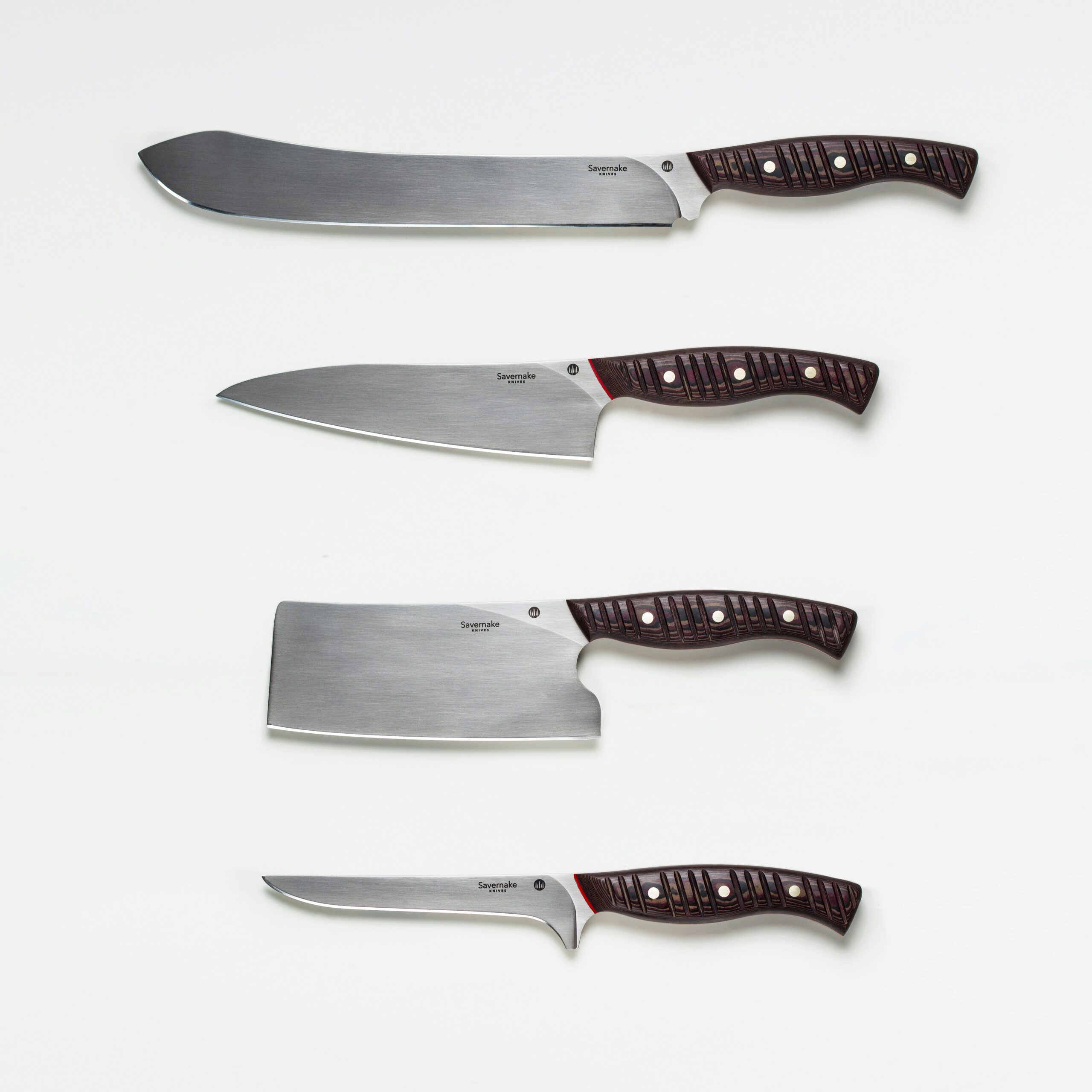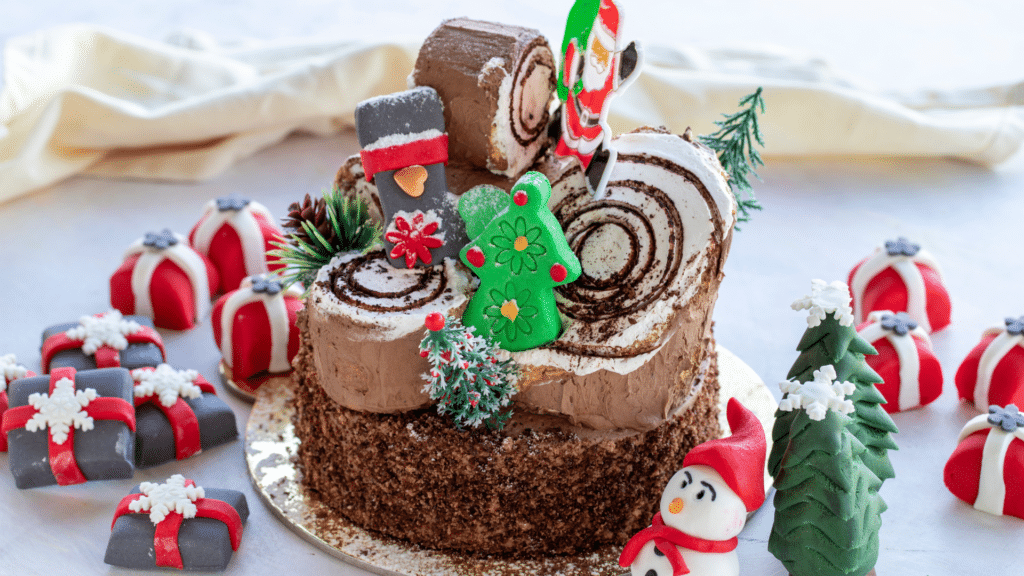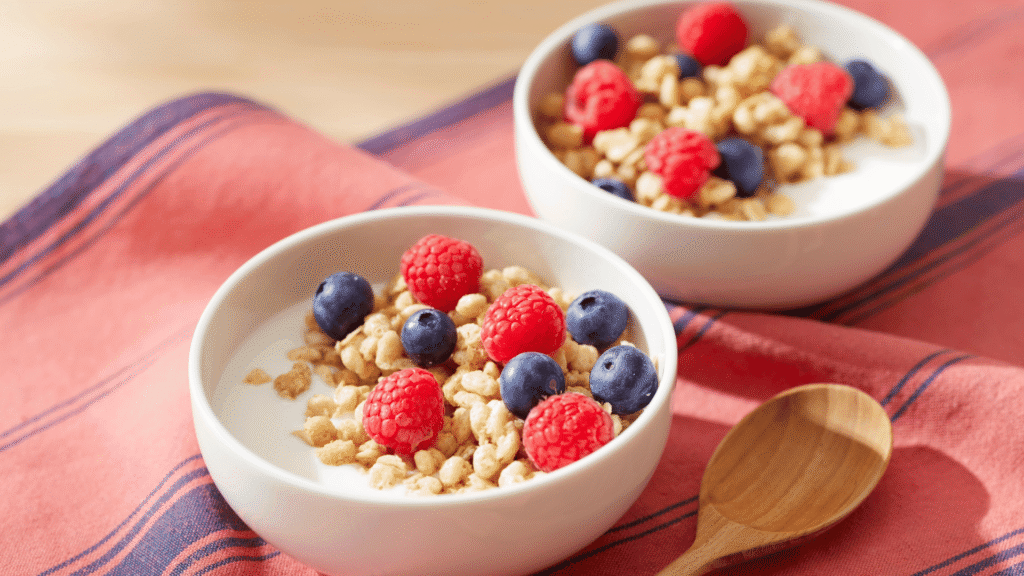A knife is one of the most essential tools in any kitchen used for cutting, slicing, and prepping ingredients. Because of its crucial role, understanding the different types of kitchen knives and how to use them properly is key to improving your cooking experience. In this article, we’ll explore why knives come in various shapes and sizes, and guide you through the most common types you should know.
A Complete Beginner’s Guide to Choosing and Using the Right Knife
Why Are There So Many Types of Knives?
1. Blade Shape
Knives come in various shapes and sizes, each tailored to specific tasks. For example:
1. Pointed-tip blades are great for cutting meat.
2. Curved blades work better for slicing vegetables with a rocking motion.
2. Blade Length
The length of the blade also affects usability:
1. Long blades are ideal for cutting large pieces of meat.
2. Short blades are more suitable for precision tasks like chopping onions or herbs.
3. Blade Material
Blade materials influence sharpness and maintenance:
1. Stainless steel blades resist rust and are low-maintenance.
2. Carbon steel blades are sharper but require more care to prevent rusting.
4. Handle Material
Knife handles can be made from wood, plastic, or metal. Choose one that:
1. Feels comfortable in your hand.
2. Offers balance and grip while in use
5. Price Range
Knives come in different price ranges:
1. Higher-end knives usually use premium materials and are built for durability, precision, and long-term use.
2. Affordable options are suitable for beginners but may need more frequent sharpening or replacement.

Photo by Savernake Knives on Unsplash
Types of Kitchen Knives
1. Chef’s Knife
This is the most versatile and commonly used knife in any kitchen. With a broad blade and pointed tip, it’s perfect for slicing, dicing, and chopping with precision.
2. Boning Knife
Featuring a thin, flexible blade, the boning knife is ideal for removing meat from bones. It’s especially useful for working with poultry, fish, or deboning cuts of beef.
3. Peeling Knife (Paring Knife)
A small, slim blade designed for peeling and cleaning fruits and vegetables. Its compact size allows easy control in tight or curved spaces.
4. Butter Knife (Spreader)
This knife has a wide, short blade with a rounded tip. It’s primarily used for spreading butter, jam, or soft cheeses on bread.
5. Bread Knife
Equipped with a serrated edge, this knife is made for cutting through bread without squishing it. The teeth glide through crusty exteriors while preserving the soft interior.
Entrance Fee
There’s a national park fee you have to pay per person, depending on which area of Khao Sok you visit. These fees are current as of 2024, but may go up over time since the place is so popular.
- Lake (Adults): 300 baht (~$9)
- Lake (Kids 3-14): 150 baht
- Jungle (Adults): 200 baht (~$6)
Final Thoughts
With a better understanding of knife types and their intended uses, you can choose the right tool for every culinary task. Respecting your knives — by storing them properly, keeping them sharp, and handling them with care — ensures they remain safe and effective. Armed with this knowledge, you’re well on your way to elevating your cooking skills and crafting delicious meals with confidence.





